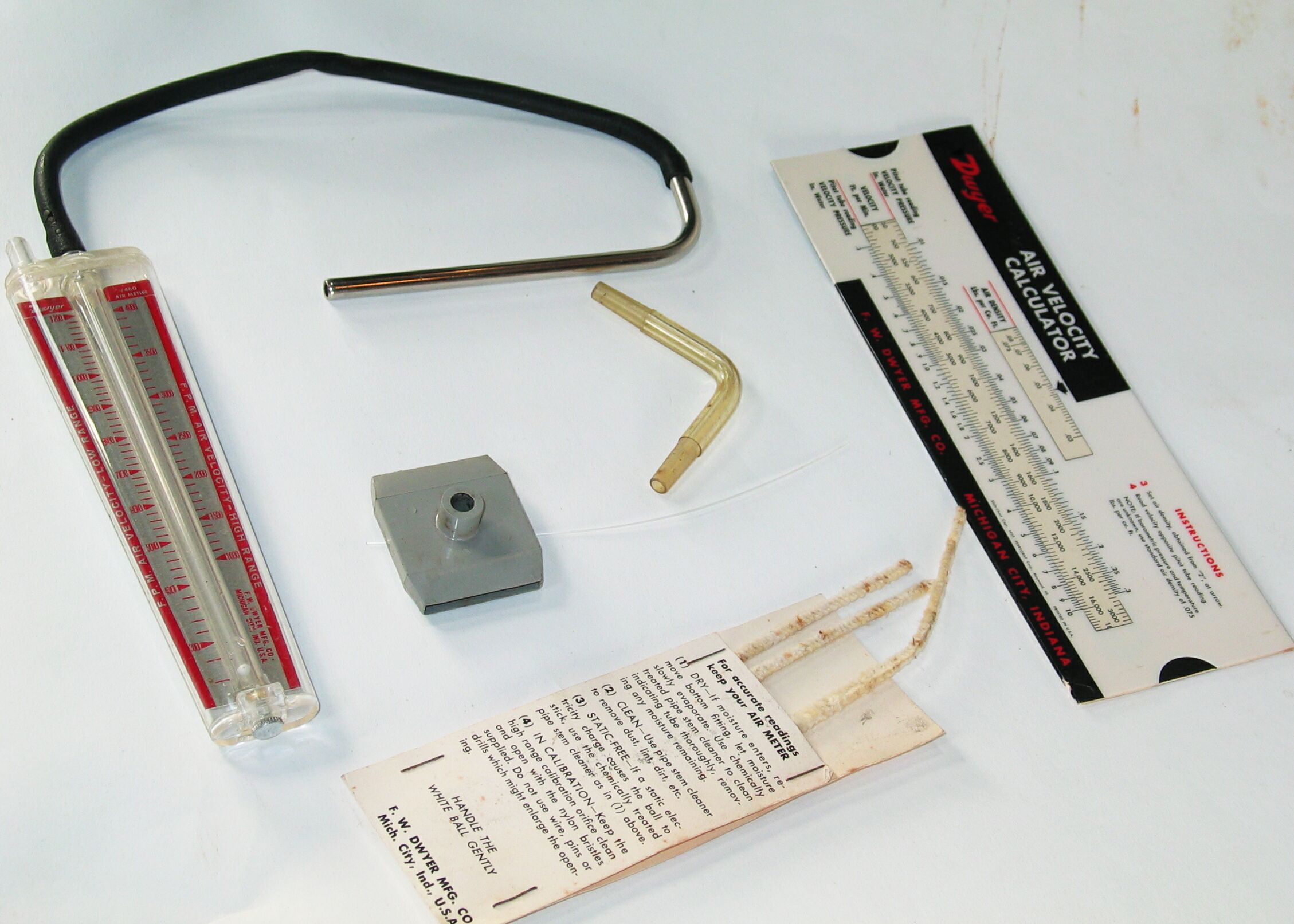12.12-1: 1939 Service Fuel Oil Cans

| HHCC Accession No. 2006.124 | HHCC Classification Code: 12.12-1 |
|---|
Description:
Service cans employed in the 1920’s through 40’s by installation and service technicians for carrying fuel oil into the home for the purpose of priming automatic oil heating equipment. The accred smell of fuel oil would be new in the Canadian home of the 1920’s, a small price to pay for automatic heating, 2 cans A & B in bright red enamel, one and two quart sizes, Circa 1939
Group:
12.12 Pressure Atomizing Oil Burner Equipment and Systems - Installation, Test and Repair
Make:
Manufacturer:
Model:
Serial No.:
Size:
A ‘ 7 inch dia. x 9 inches high B - 4 inch dia. x 6 inches high
Weight:
A - 0.75 lbs B ‘ 0.03 lbs.
Circa:
1939
Rating:
Exhibit, education, and research quality, illustrating installation and service practices emerging in the pre world W.W.II years in Canada’s embryonic automatic heating sector, part of a newly emerging service economy.
Patent Date/Number:
Provenance:
From York County (York Region) Ontario, once a rich agricultural hinterlands, attracting early settlement in the last years of the 18th century. Located on the north slopes of the Oak Ridges Moraine, within 20 miles of Toronto, the County would also attract early ex-urban development, to be come a wealthy market place for the emerging household and consumer technologies of the early and mid 20th century.
This artifact was discovered in the 1950’s in the used stock of T. H. Oliver, Refrigeration and Electric Sales and Service, Aurora, Ontario, an early worker in the field of agricultural, industrial and consumer technology.
Type and Design:
rolled and tinned steel sheet hand soldered joints carrying handle and screw top in red enamel over coat
Construction:
Material:
Special Features:
Accessories:
Capacities:
Performance Characteristics:
Operation:
Control and Regulation:
Targeted Market Segment:
Consumer Acceptance:
Merchandising:
Market Price:
Technological Significance:
Based on simple rolled sheet metal brake manufacturing methods and on the use of soft, lead-based eutectic solders, these tools of the emerging automatic oil heating service trade are markers of the metal fabricating methods of the period, as well as of the basic tools that characterised trade practice.
Industrial Significance:
Socio-economic Significance:
It was the 1930’s and as Canada slowly emerged from the economic depression of the period, so too would a new economic sector emerge, the service sector, one which would grow to dominate, contributing much of the country’s economic strength well before the end of the century. The home service trades grew rapidly during this pre W.W.II period and on into the 1950’s, plumber, electrician, heating and refrigeration.
Socio-cultural Significance:
New odours in the Canadian home of the 1920’s were an indicator of the new technology of the period. The accred odour of raw fuel oil and of the incomplete products of combustion would irritate the nose and throut, often becoming common places, recognized by those walking into the home. The reaction would be typically ‘Oh, you have oil heating’
Donor:
G. Leslie Oliver, The T. H. Oliver HVACR Collection








